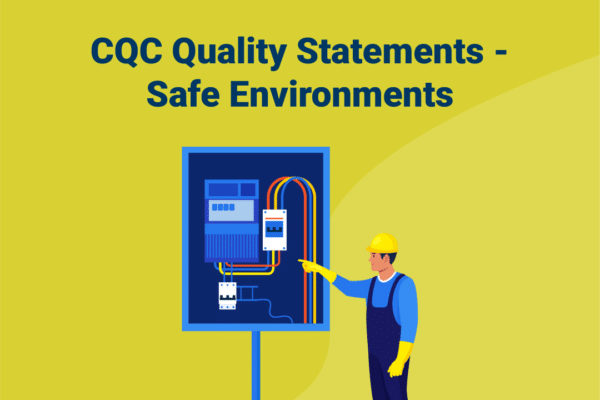Download our factsheet on ‘Stress and Burnout: How to identify the signs’ from our partner, Napthens, here
DOWNLOAD NOW
Alternatively, read it here:
Charlotte Carey, Solicitor at Napthens explains how you can help reduce stress and burnout for colleagues at work.
April is National Stress Awareness Month. The purpose is to raise awareness of the negative impact of stress.
Stress and burnout are terms often used without understanding what the reality can actually be. Research has demonstrated that increasing employee burnout is one of the key reasons for businesses being unable to retain top talent. Employee burnout is a type of work-related stress. This is a state of physical or emotional exhaustion that also involves a sense of reduced accomplishment and loss of personal identity.
What are the symptoms of stress or burnout?
- Employees becoming cynical or critical at work
- Employees being late/complacent in their work
- Employees being irritable with their co-workers or service users
- Employees not being productive
- Employees finding it difficult to concentrate
It is important that employers are aware of the factors that can cause stress at work and work to reduce those factors. It is appreciated that within a health and social care setting, the demands of the job mean that all of the potential causes of stress or burnout cannot be removed, but employers should still be mindful of the causes and work to reduce them where possible.
Burnout and stress can arise from several factors including:
- Lack of control
- Unclear job expectations – this can occur when employees are not clear on their roles and responsibilities. Employers should ensure that adequate training is provided, and that expectation of the role are clearly explained
- Extremes of activity – where employees are required to undertake repetitive tasks, or their role is significantly chaotic this can cause burnout. Employers should consider appointing responsibilities equally across team members
- Lack of support
- Work-life imbalance
- Heavy workload and long hours
What can employers do to reduce stress and burnout at work?
- Encourage openness and regular communication
- Promote employees to maintain good health, this could include the use of workplace wellness schemes
- Provide resources and support
- Support the use of paid time off and encourage employees to take their annual leave regularly
- Offer flexible hours where possible
- Consider career progression possibilities and encouraging employees to feel fulfilled in their work
It is important to remember that it is not always possible to reduce all the causes of stress and that sometimes work can be stressful, particularly where employees are responsible for the care of others. However, employers should ensure that they are able to identify stress and burnout at the early stages, this can often mean employees can receive help and support before their symptoms of stress and burnout become unmanageable and, as is often the case, leads to periods of absence from work.
If you have any queries or need specific advice in relation to any Employment law query, please contact a member of the Napthens Employment team who offer 30 minutes of free advice to QCS members.






